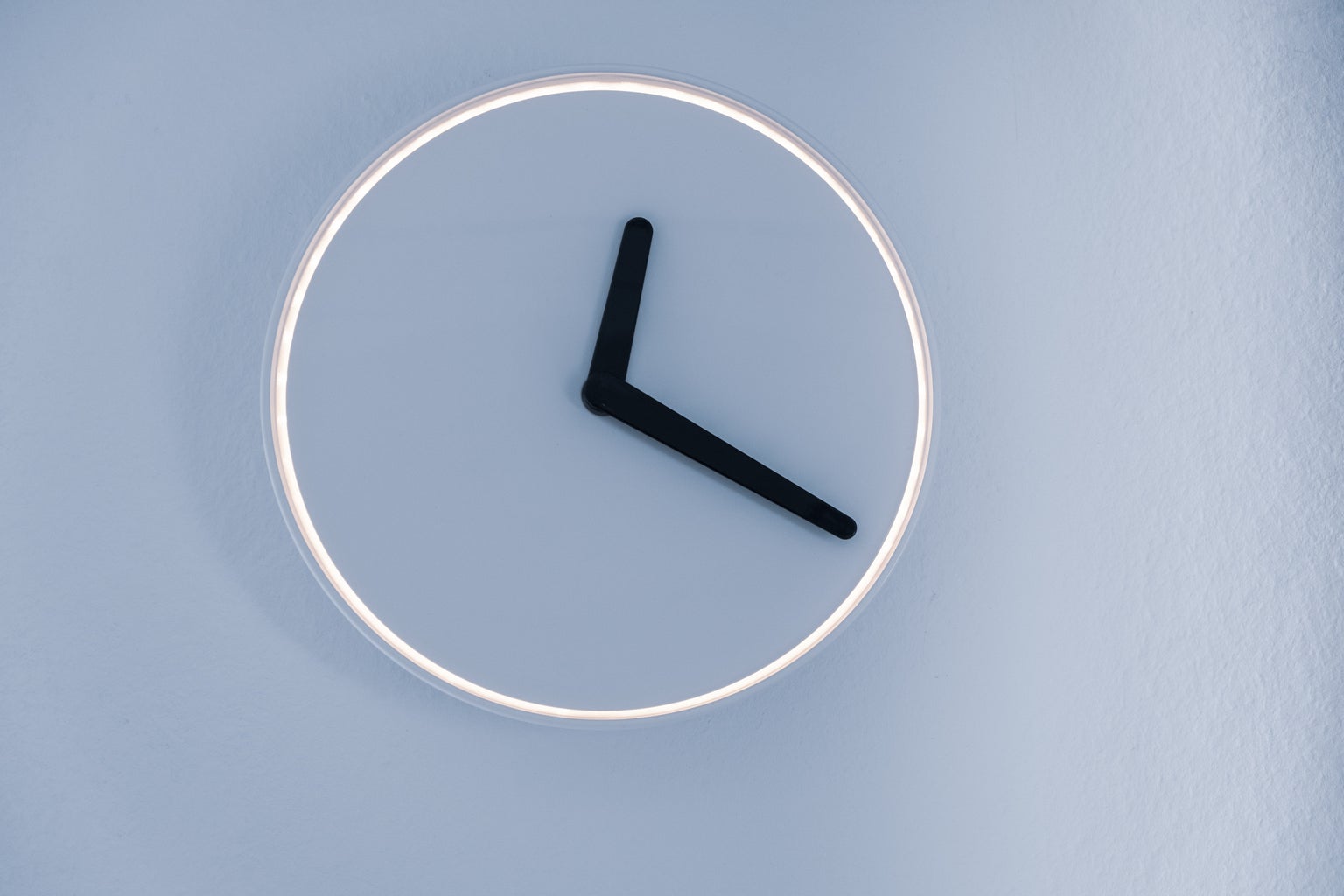Whether you toss and turn at bedtime or use 3 a.m. as the time to organize your thoughts — work and life’s constant to-do lists are never-ending and tend to plague you most when you are trying to fall asleep. Once the daily distractions are gone and you are lying in bed at night, all of those stressors and anxious thoughts that have been nipping at your brain during the day enter full force. At that point, falling asleep can seem almost impossible. But it doesn’t have to be. You can learn to successfully avoid night spiraling and quiet your mind enough to fall asleep, but it can take time and some practice.
START DURING THE DAY
We are so busy throughout the day that we don’t allow ourselves time to work through our thoughts or stressors; then once we go to bed, the distractions are gone and every anxious thought comes rushing in. It’s important to allow yourself to have a “Personal Pause” throughout the day. There are two ways you can incorporate it:
A Mindful Hush
Find a quiet area and set your timer for three minutes. Close your eyes and become aware of your body. Feel the sensations from your fingertips to your toes. Focus on your natural breathing. Become familiar with each breath as you breathe in and out. If your mind wanders, imagine these interrupting thoughts flowing in then out through your mind and bring it back to focus on your natural breath. You can also open your eyes and become more aware of your surroundings. Choose something to focus on using sight, sound, and smell.
List what you notice around you:
1. List five things you see.
2. List four things you feel.
3. List three things you hear.
4. List two things you are thinking.
5. List one thing you smell.
A Thoughtful Flow
Give yourself a moment throughout the day — for perhaps a minute or two — when you go into a quiet corner and work through what you need to. Stress! Think the thoughts that may keep you up at night. You’re human; it’s impossible not to have those thoughts. But allow them to flow in and flow out, write out your stressful to-do lists, and put a plan in action during the day so that when you lie down to go to sleep and there aren’t any life distractions, every bad thought you have doesn’t come flowing in.
QUIT TRYING SO HARD
Not sleeping is tough, and I’m going to try and take the pressure off a bit. You should be sleeping 85% of the time that you are in bed to keep a strong sleep and bed association. So, sleep and sex are the only two activities to include in the bedroom. What you don’t want to be doing is lying awake unable to fall back to sleep and turn on the TV or reach for your phone, start clock-watching, and spend a lot of time awake in bed worrying about not sleeping. If you find that you can’t sleep, stop trying! If you are having trouble falling asleep initially or you wake up and can’t fall back to sleep, wait 10 or 15 minutes. If you can’t fall asleep, it’s OK to get out of bed and go into another room and do a quiet activity until you feel sleepy enough to try to go back to bed. Stay away from bright lights and avoid bright screens that are close to your face, so no phones or computers. If you want to watch a show on TV (provided the TV is a distance away), that’s OK, but preferred activities would be to read in low light or practice a calming activity, like a puzzle or word search.
If you wake up a few times throughout the night, you may want to try and stay in bed for some of those times, but it’s important that anytime you are struggling to fall back to sleep you practice this stimulus control in order to weaken the association of being awake in bed. This may mean a night or even nights of getting up and down, and up and down, but with time, things will get better and you will be able to sleep more soundly in bed.
STOP CLOCK WATCHING
We all wake up throughout the night as we cycle in and out of light and deep sleep. Many of us can easily fall back to sleep, and we don’t notice these partial awakenings, but if you suffer from insomnia and/or are already anxious about sleep, watching the clock becomes a job you feel you must do, which robs you of sleep.
Set your alarm and then turn your clock around or hide it. If you know the alarm is set, you don’t need to know what time it is.
CREATE A THOUGHT TRAPPER
Whether you are still thinking about conversations you had with family during the holidays, or perhaps work issues, life issues, and ALL the issues, it’s so hard to fall asleep when you’re ruminating all night long. No matter what’s going on in your life, it can be hard to turn your difficult day off when you lie down to go to bed.
Use visualization and choose an object in your home that you can turn into a “Thought Trapper.” It could be right by your front door, or even on your night table. When you get home or before you go to bed, touch the object to “drop off the day” and allow the object to hold all your busy thoughts. As you start your day, you touch the object again and “pick it back up.”
OTHER WAYS TO REDUCE NIGHTTIME SPIRALING:
1. Incorporate a bedtime journal where you are able to give your brain a dump before you go to bed. Write down your to-do list and everything on your mind. Don’t just make note of your struggles and stressors but also everything you are grateful for that day.
2. Stay connected to your support system. Connection is an important part of bettering your mental health. Reach out to those who will support you through your current state of mind and set boundaries on those that add toxicity to your already stressed state of mind.
3. Incorporate an information detox during your nighttime routine and even throughout the day. Set boundaries on what social media you are allowing in and what news resources you check. Take it a step further and completely remove all social media from your phone.



